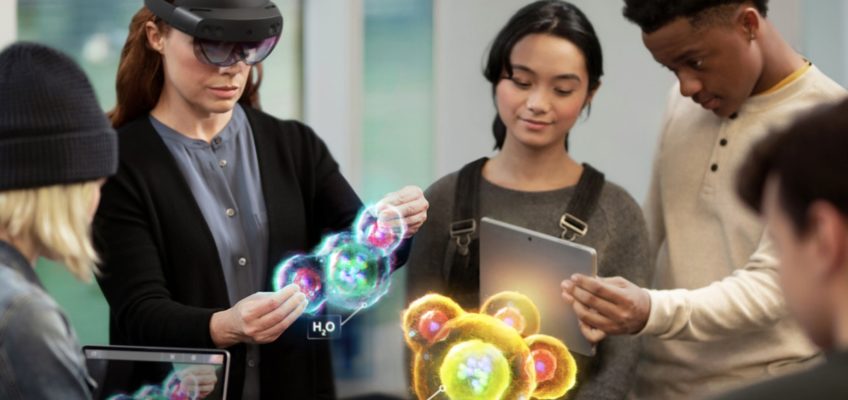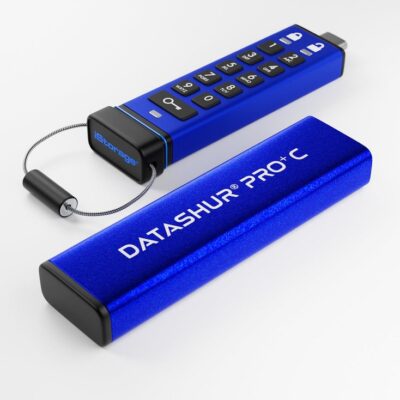A newly published white paper investigates the pedagogical theory and use cases for deploying mixed reality in the classroom.
It is easy to get excited about the possibilities the Mixed Reality spectrum brings to education. Humans are essentially programmed to learn best through experience, and that is just what immersive technologies enable: we’re not just learning it, we’re living it.
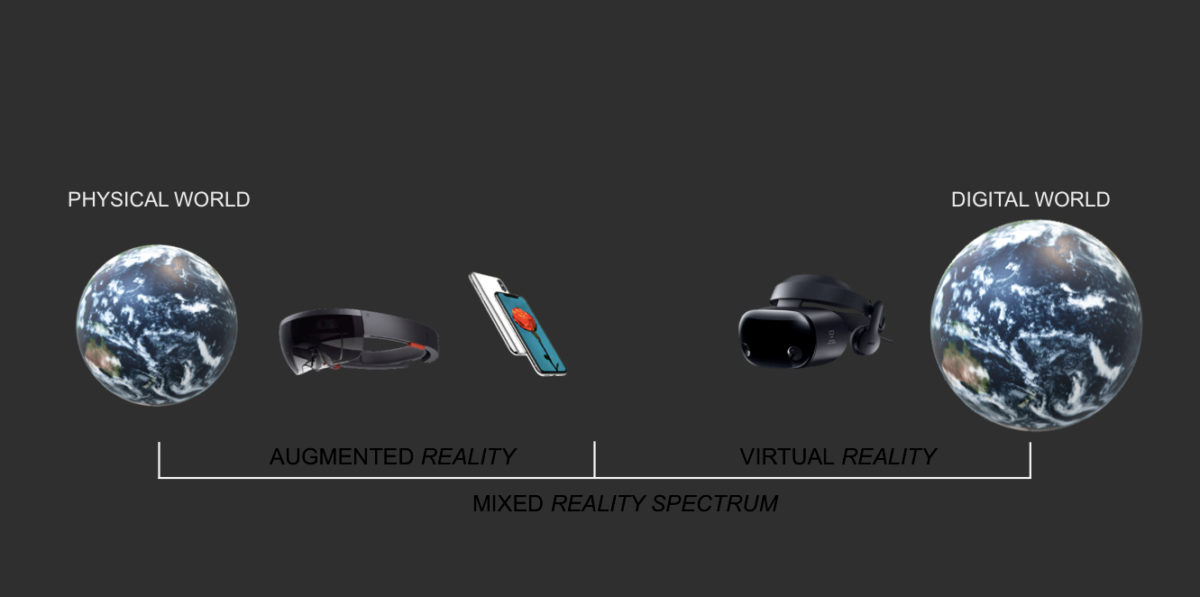
And exploring a few of those possibilities is what I had the chance to do when I collaborated with Microsoft Education to write the Immersive Experiences in Education white paper we’ve published at the ISTE 2019 conference a few weeks ago.
Methodology
Now, I’m very much a technology enthusiast. I’ve been called a futurist, evangelist, influencer, all those really annoying trendy buzzwords… But at heart I am also an educator. I worked in academia, I taught English as a second language, I’ve mentored people and for many years I worked in the EdTech sector, so I speak truthfully when I say I’m forever in awe of teachers and mindful of the importance of education in society.
Mixed Reality technology is amazing but is it really useful to educators? Does it actually influence learning outcomes, and if so, how? Click To TweetThis is why when Microsoft approached me to collaborate with them in researching and writing this white paper, I wanted to take a step back and ensure that we weren’t just flashing a shiny pretty tech trinket around. The technology is amazing, there’s no doubt about that, but is it really useful to educators? Does it actually influence learning outcomes, and if so, how?
When deploying any technology in the classroom, success depends on engaging educators and building a responsive feedback loop that prioritizes learning outcomes rather than the technology itself Click To Tweet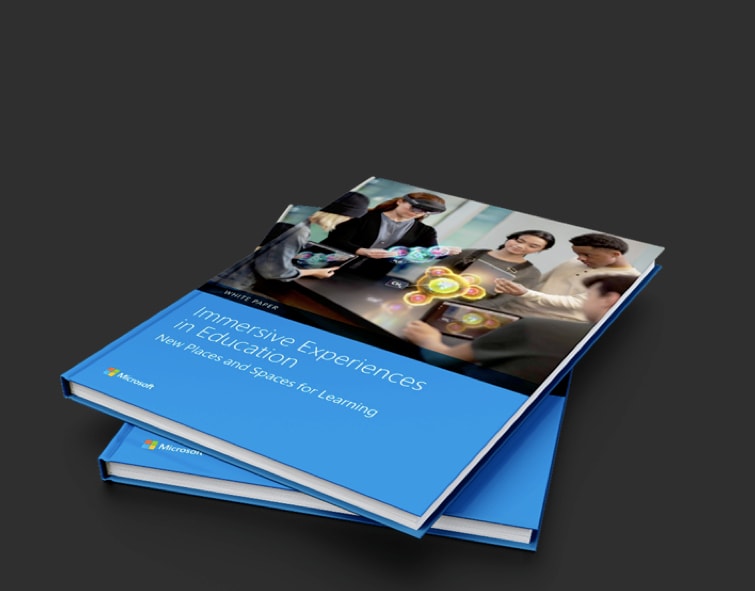
I was keen to ensure that our methodology really reflected this educator-led focus as much as possible, and was happy to find that the team at Microsoft Education very much shared that vision.
The paper cross-referenced pedagogical theory with case studies obtained through personalized email interviews with teachers, students, researchers, and technologists who have successfully deployed such technology within various learning environments and contexts, and the bulk of my time was indeed spent on an extensive literature review and on gathering and processing the data from those testimonials to try and gleam insights that could be useful for educators.
I will let you judge for yourselves whether we’ve succeeded – you can read and download a free copy of the white paper here – but our guiding principle was very much that when deploying technology in the classroom, success is dependent on engagement with educators, and on building a responsive feedback loop that prioritizes learning outcomes rather than the technology itself.
The paper cross-referenced pedagogical theory with case studies of teachers, students, researchers, and technologists who have deployed such technology Click To TweetThrough our research and interviews, an overall picture of the concrete pedagogical benefits of using Mixed Reality in the classroom did start to emerge, and although further research is certainly needed and I wouldn’t dream to claim that this is the definitive document on the subject, it manages, in my humble opinion, to tease out some really important findings and a lot of interesting questions. I, for one, always think the most successful research is the one where you end up with a lot more questions than when you started, which is why I hope to hear lots of questions from the community (you can always send a tweet my way @alicebonasio or connect on LinkedIn). Below are some of our key research findings:
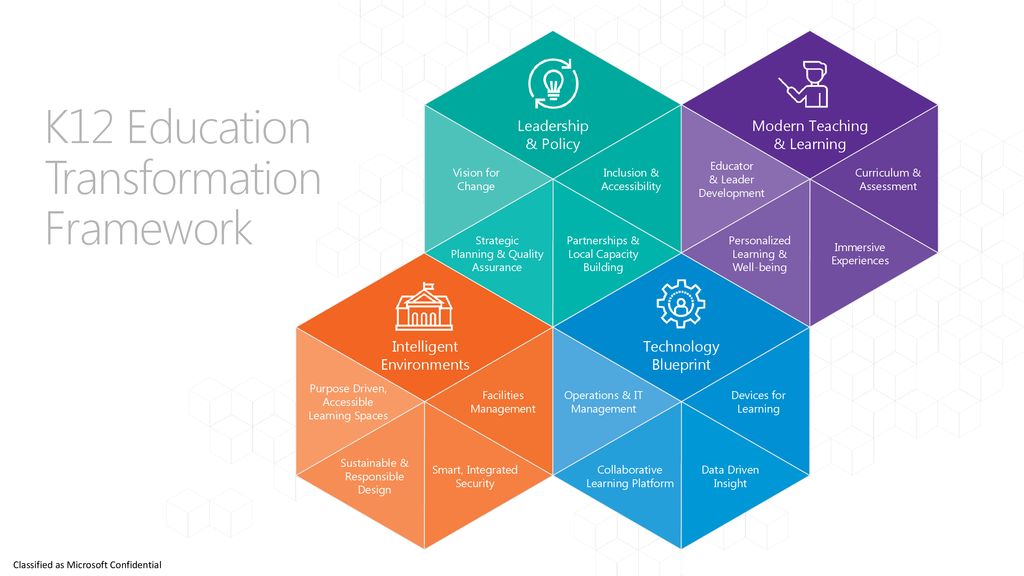
Immersive digital simulations allow learners to absorb knowledge within a realistic context through experiential learning
Our research indicated that the most effective educational experiences often involve mastering tasks within context of personally relevant, realistic situations. Situated learning in well-designed digital environments actually leads to the replication of those behaviours in the real world.
The key differentiator in using Mixed Reality is that it seems to dramatically increase the rate of transfer – in other words, our ability to apply and adapt learning to different real-world situations.It Mixed Reality facilitates transfer by simulating realistic scenarios within specific pedagogical contests. It literally can bring a curriculum to life for students. This means we not only can create more effective learning experiences, but also expand the range of available experiences, since we can simulate scenarios that would be too difficult, too expensive, or too dangerous for students to experience in real life.
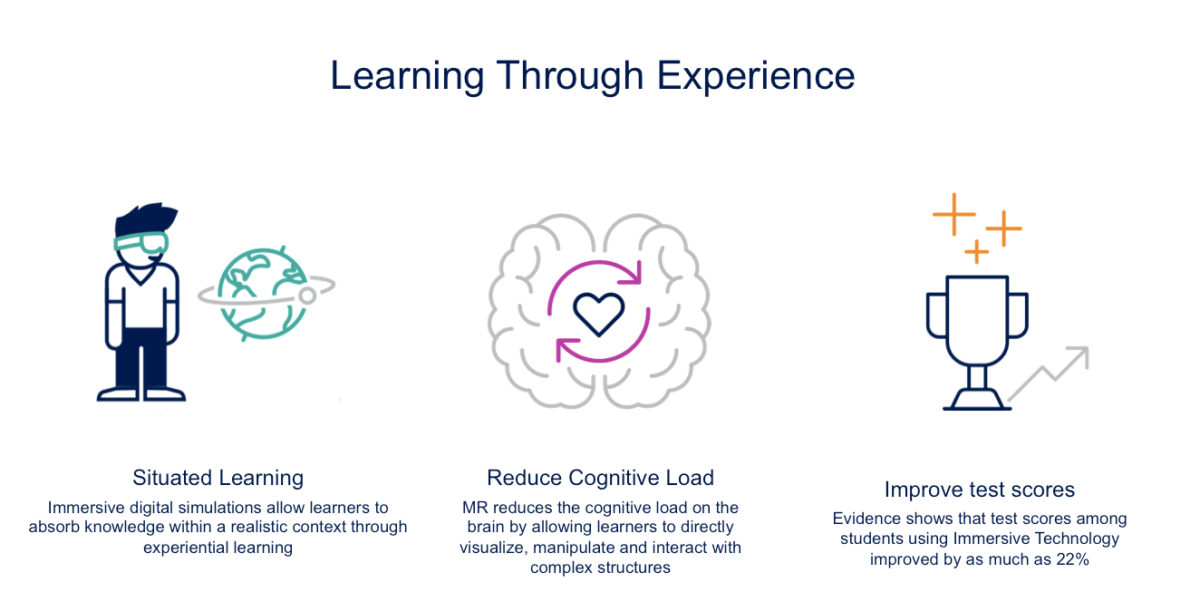
Mixed Reality helps to prevent Cognitive overload.
This second finding probably comes as no surprise to most educators, in that trying to visualize and assimilate large amounts of complex information is HARD. It can literally trigger a bottleneck within the limited working memory of the brain, and we soon become tired of it. Attention and interest lags, and it becomes harder to engage students in the subject.
Our research indicates that the most effective educational experiences involve mastering tasks within personally relevant, realistic context Click To TweetMixed Reality, however, can help reduce this cognitive load by allowing learners to directly visualize, manipulate, and interact with complex structures, so that the brain is not so busy trying to visualize the data, but instead engaged in understanding, assimilating, recalling, and applying it.
Test scores among students using immersive technologies improved by as much as 22%
Now, those two findings we looked at are crucial in improving learning outcomes such as test scores, increased performance of skills-based tasks, abtract reasoning, and critical thinking. It also had positive effects on retention of knowledge.
Most interestingly, however, we found indications that this technology was particularly helpful in improving learning conditions for learners with conditions such as dyslexia, autism, and ADHD.
Mixed Reality can help reduce the cognitive load on the brain by allowing learners to visualize, manipulate, and interact with complex structures Click To TweetHere, immersive technologies have been shown to assist previously low-achieving students in overcoming learning challenges to the point where there was no longer any statistical difference in test scores between them and high achieving students.
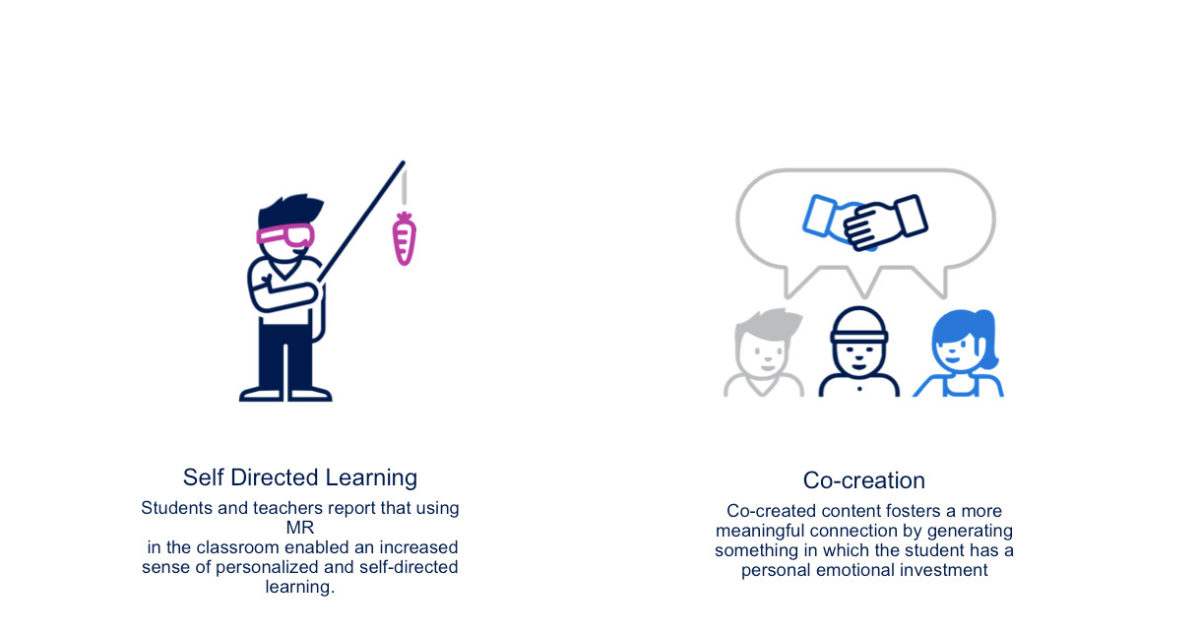
Mixed Reality in the classroom fosters self-directed learning
Teachers reported that using MR in the classroom promoted a more inquiry-based environment that maximized learning opportunities by instilling a greater sense of autonomy, encouraging students to creatively engage with the subject beyond the pedagogical task at hand.
“Students report a greater understanding and appreciation for the development of VR content after engaging in 3D animation and/or game design projects. In particular, students are able to see the connection between the engineering of a virtual world, and the virtual world’s role as an element of digital storytelling.” Paul Turnbull President Mid-Pacific Institute
Co-created content fosters a more meaningful connection by generating something in which the student has a personal emotional investment. Extended experiences that immerse students in rich contexts with strong narratives, authentic practices, and links to real-world outcomes are what truly unleash the transformational power of immersive experiences.
Co-created content fosters a more meaningful connection by generating something in which the student has a personal emotional investment Click To Tweet“We led a lesson with an English class, where students designed a safe and scary space, then were able to experience them both in Virtual Reality. The lesson brought technology in the context of an English lesson by creating a spark for students to translate into their writing exercises.” Cody Karutz Founder and CEO of Blue Trot
Like all technologies adopted within a pedagogical classroom setting, MR should remain supplementary to in-person academic programming, allowing for human relations and interactions to ultimately guide the social- emotional learning experience.For me, the biggest takeaway from this is that for Mixed Reality to be effectively implemented in the classroom we must ensure that the technology is integrated into pedagogical theory and best practice.
Immersive technologies have been shown to assist previously low-achieving students in overcoming learning challenges Click To TweetTech Trends offers a broad range of Digital Consultancy services to guide companies, individuals and brands in effectively leveraging existing and emerging technologies in their business strategy.
Alice Bonasio is a VR and Digital Transformation Consultant and Tech Trends’ Editor in Chief. She also regularly writes for Fast Company, Ars Technica, Quartz, Wired and others. Connect with her on LinkedIn and follow @alicebonasio on Twitter.

